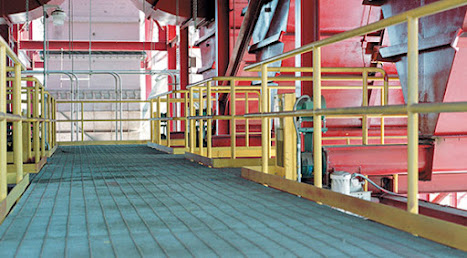Bottom Loading Arms

Bottom Loading Arm Systems are the ideal solution when it comes to fall prevention. There are plenty of other benefits as well: - Operator remains on the ground avoiding falls. - Connections can be made quickly reducing overall loading time. - Bottom loading fills tanks faster and creates less turbulence in the tank so the danger of generating static electricity is reduced. - Multiple compartments can be loaded simultaneously. - Bottom loading reduces vapors. There are different types of bottom loading arm systems to handle anything from food and water to aggressive chemicals and acids. Unsupported Boom Type Bottom Loader provides flexible long-range operation that’s reliable and easy to use. Five swivel planes of rotation create the flexibility that makes tight connections possible for loading and unloading rail cars and tank trucks. The unsupported boom type loader is quite versatile and is typically installed at or near ground level. Arms of varying lengths can be mounted on stagg...










